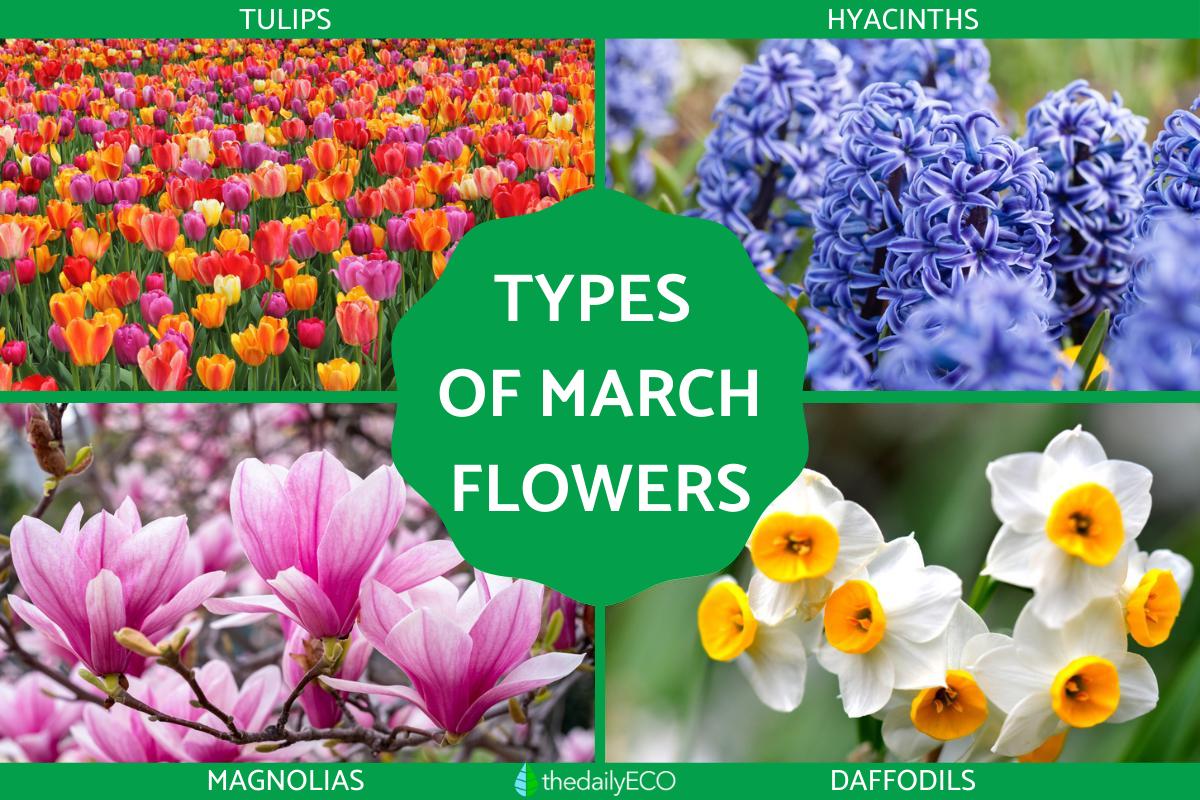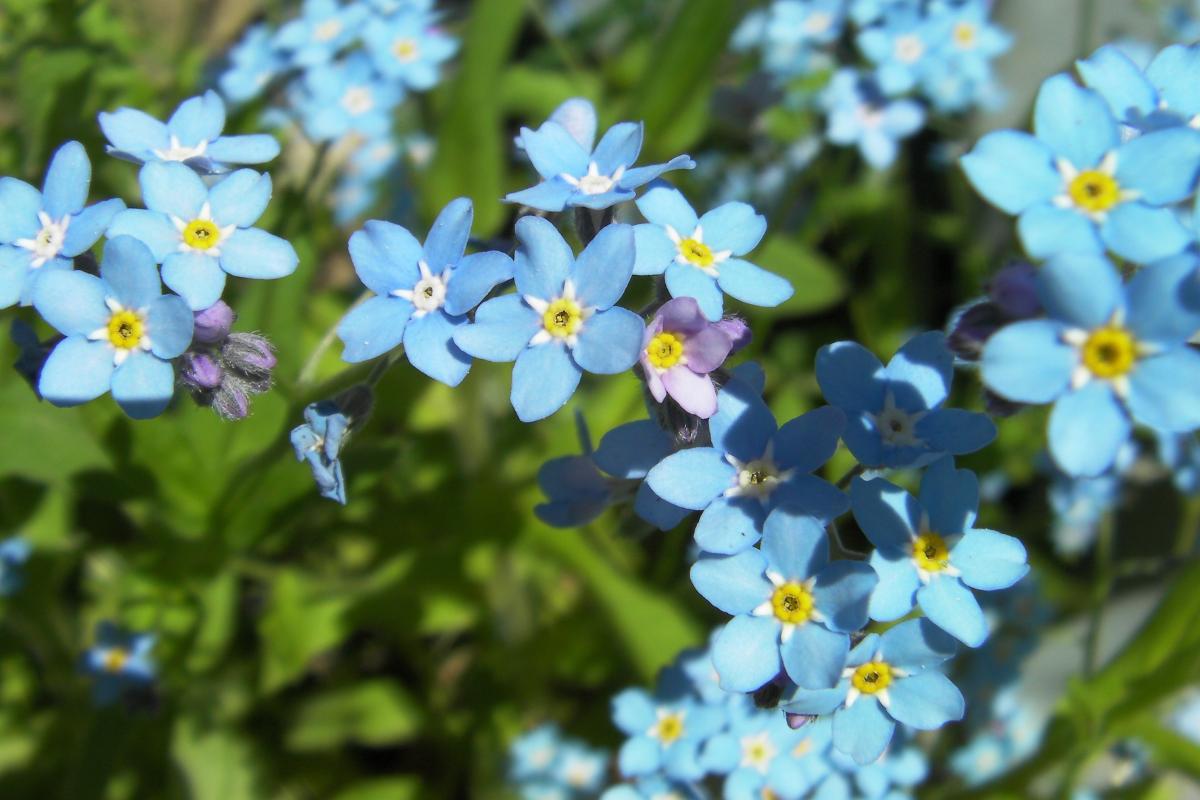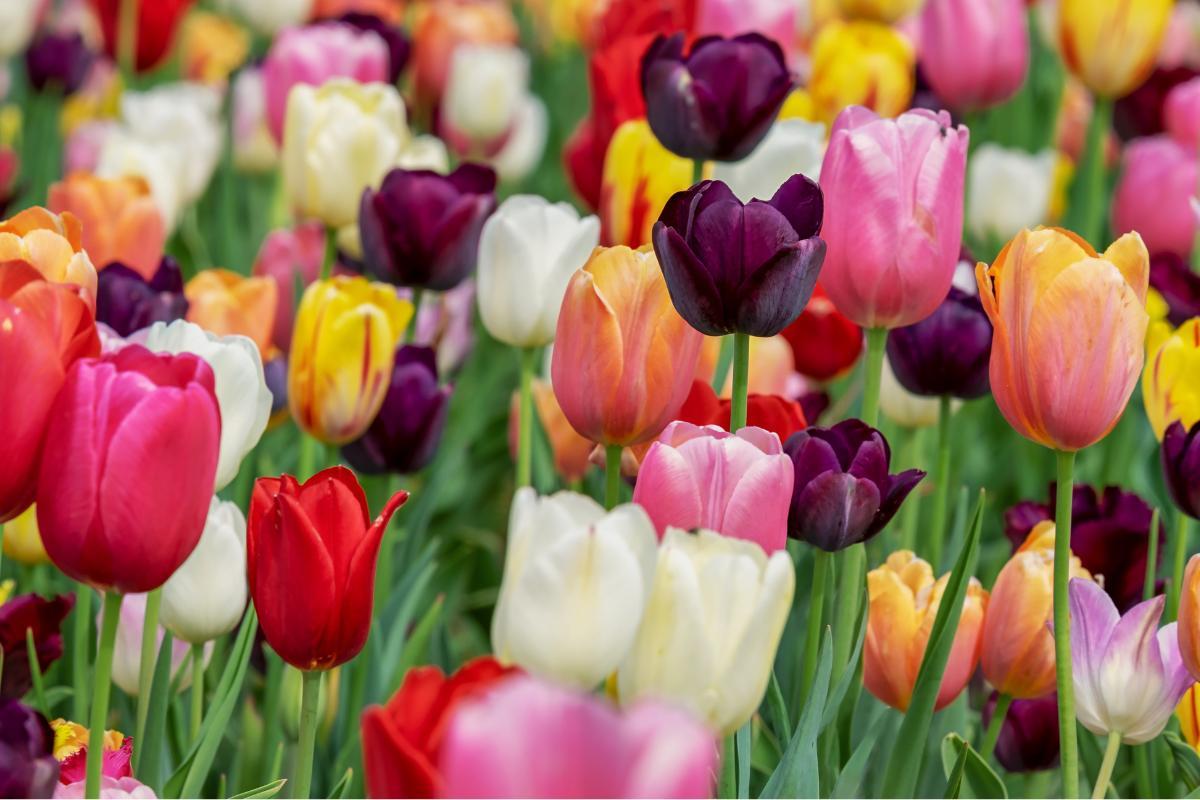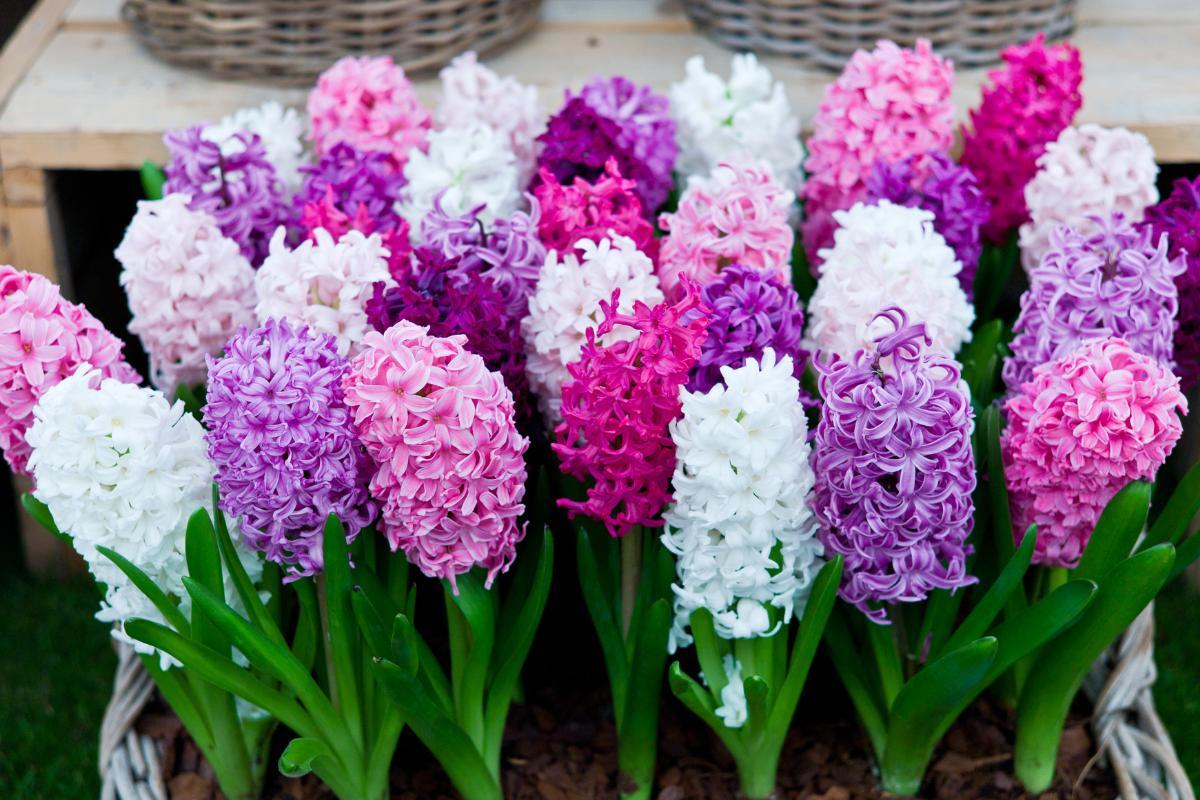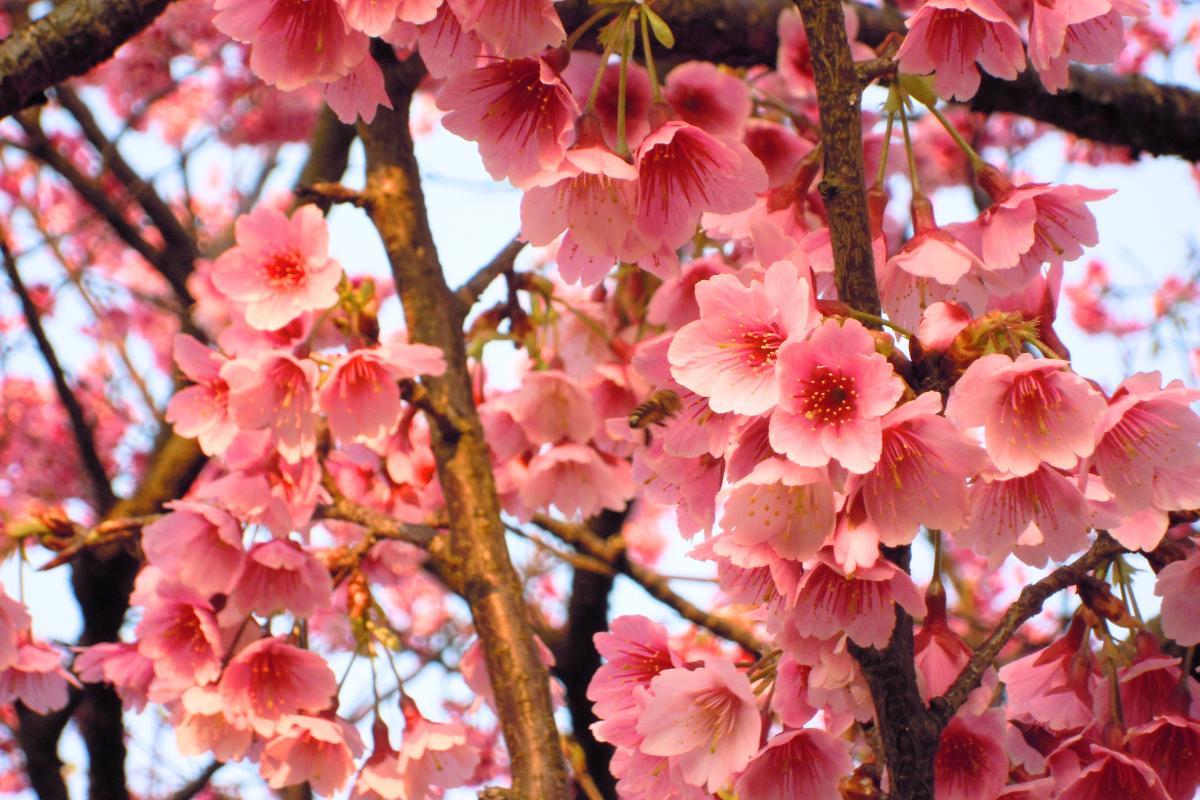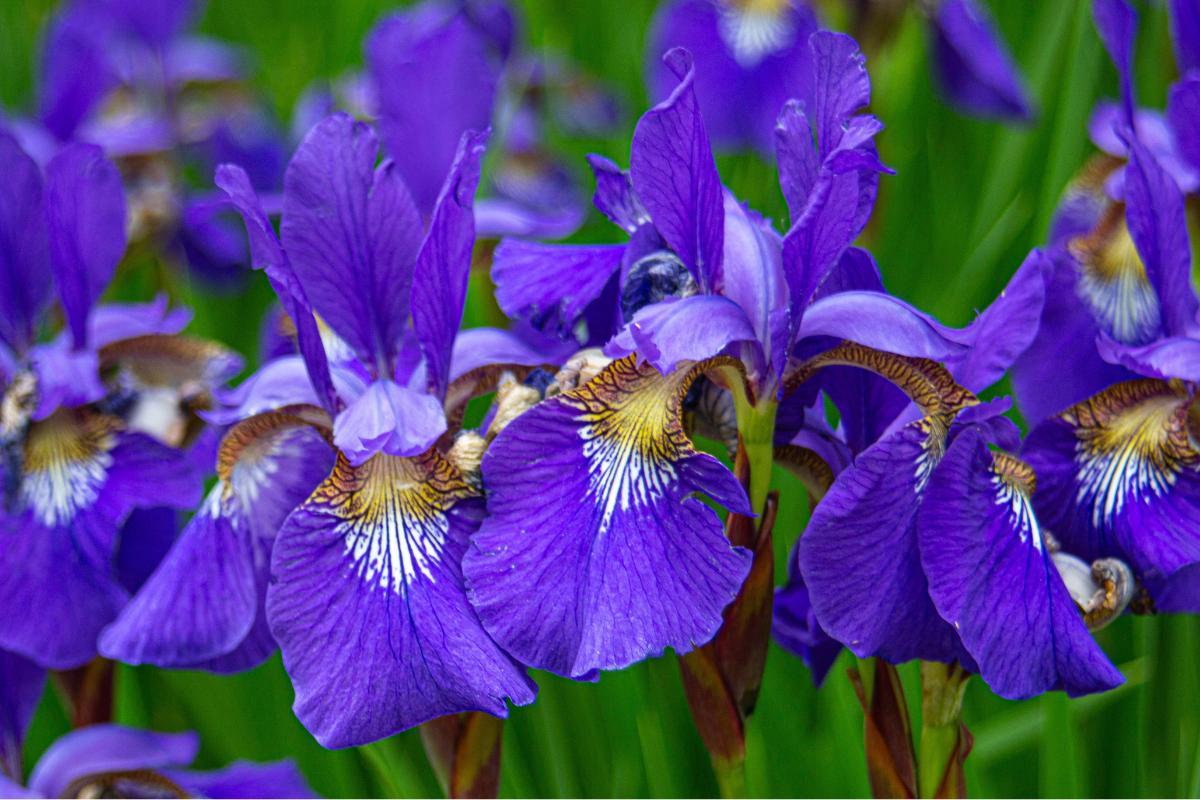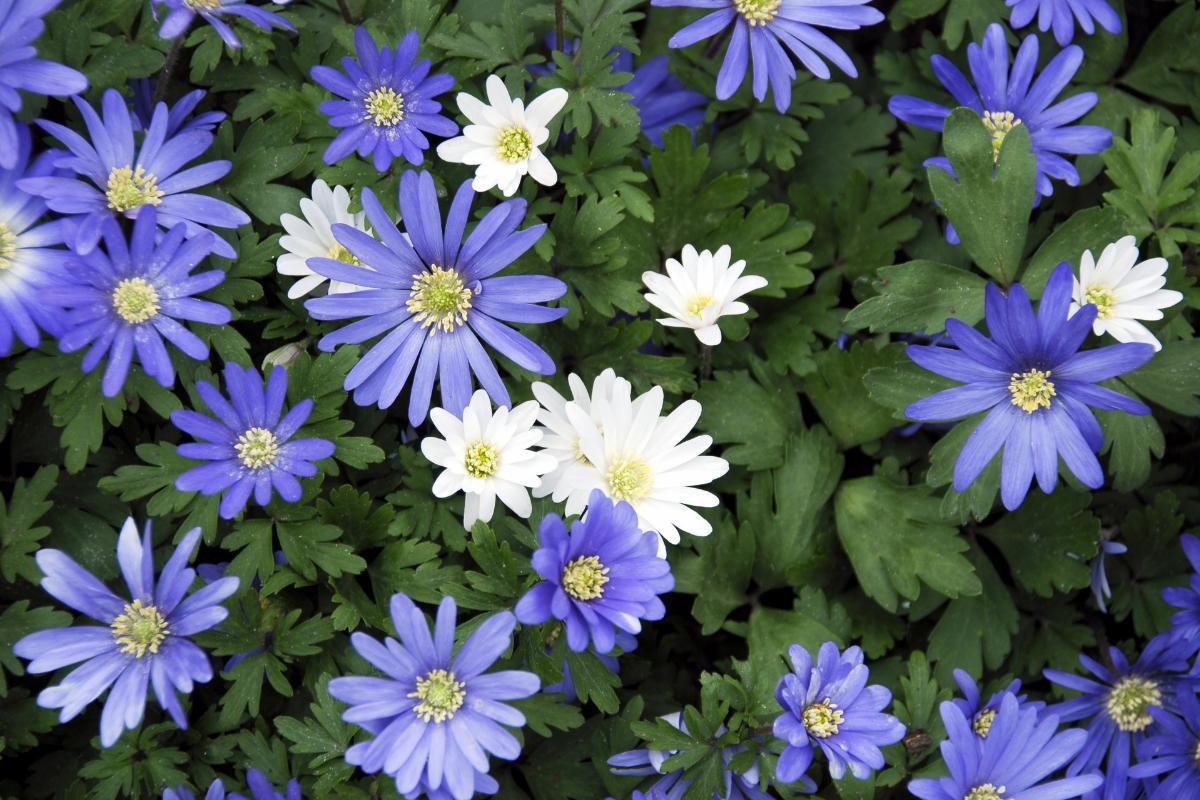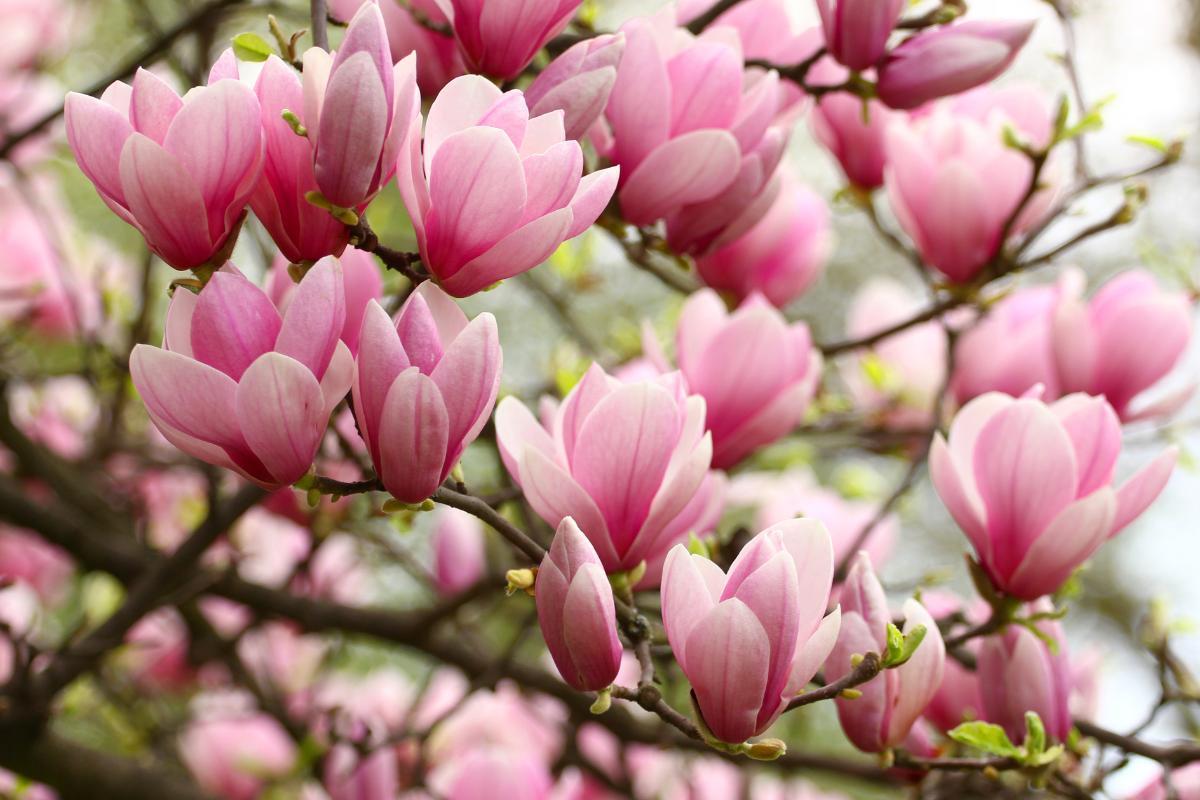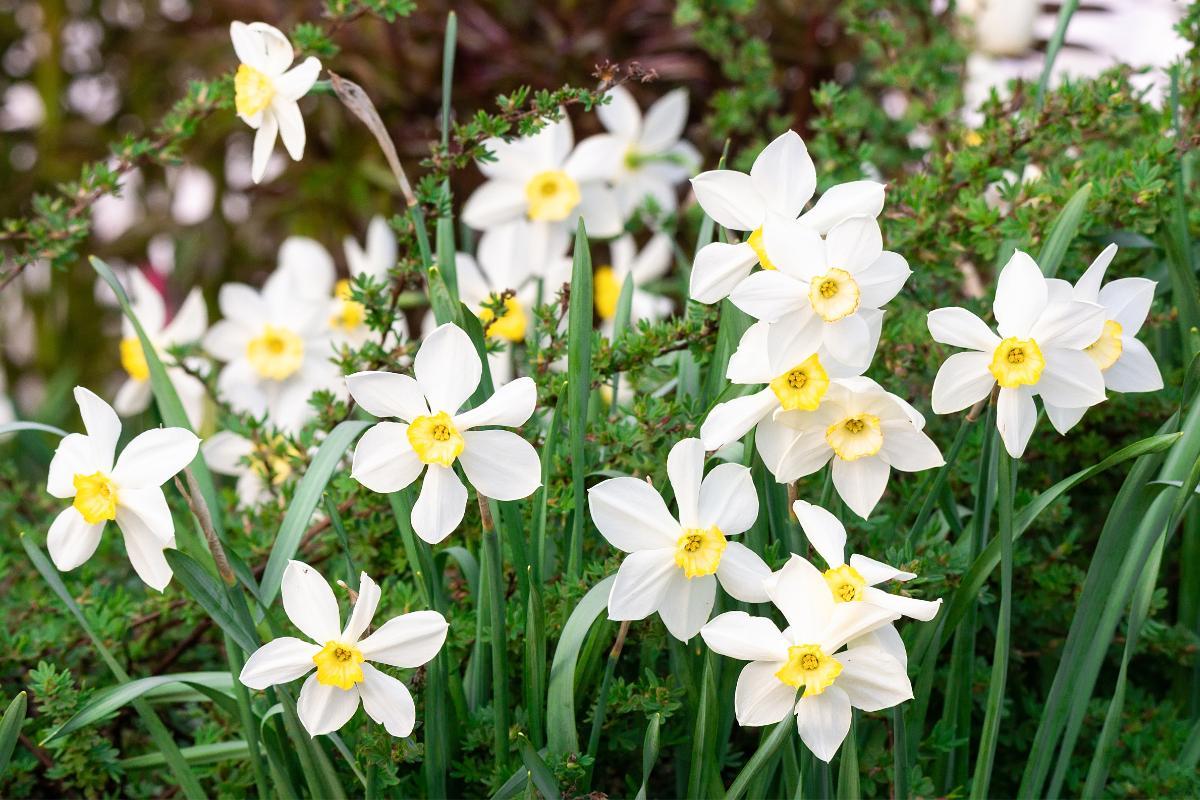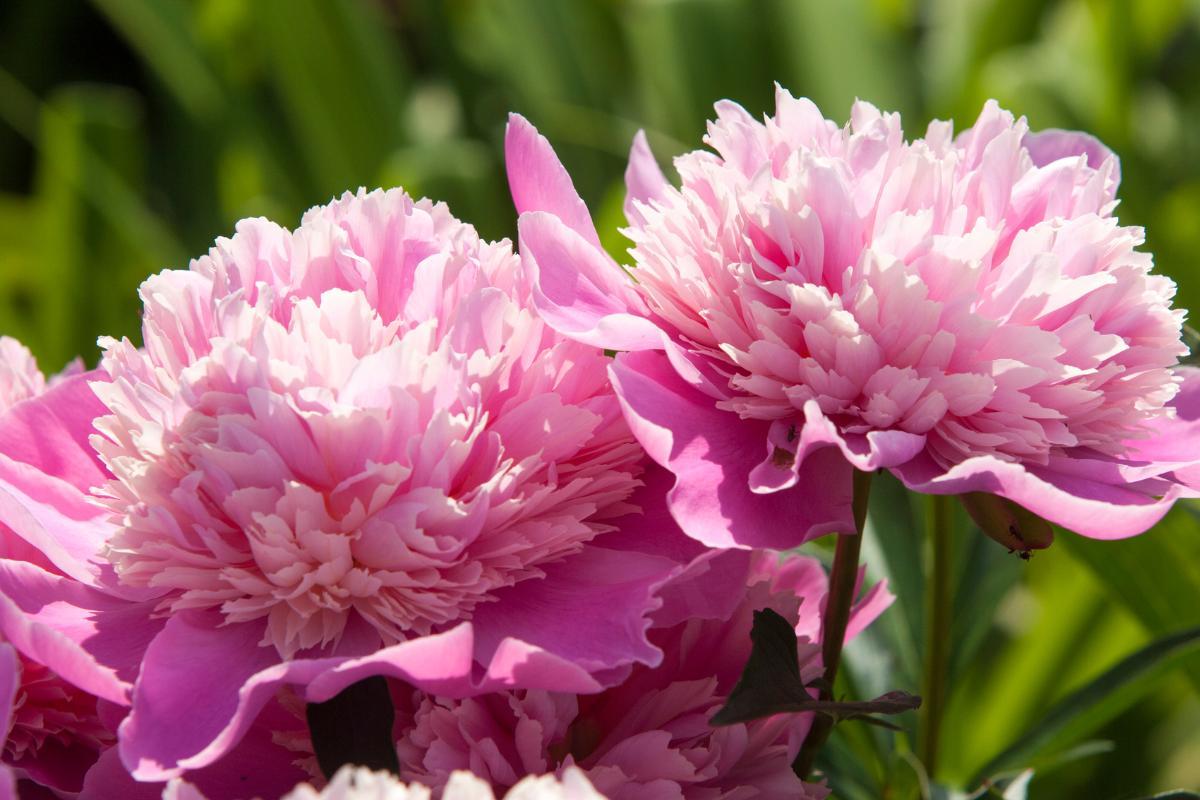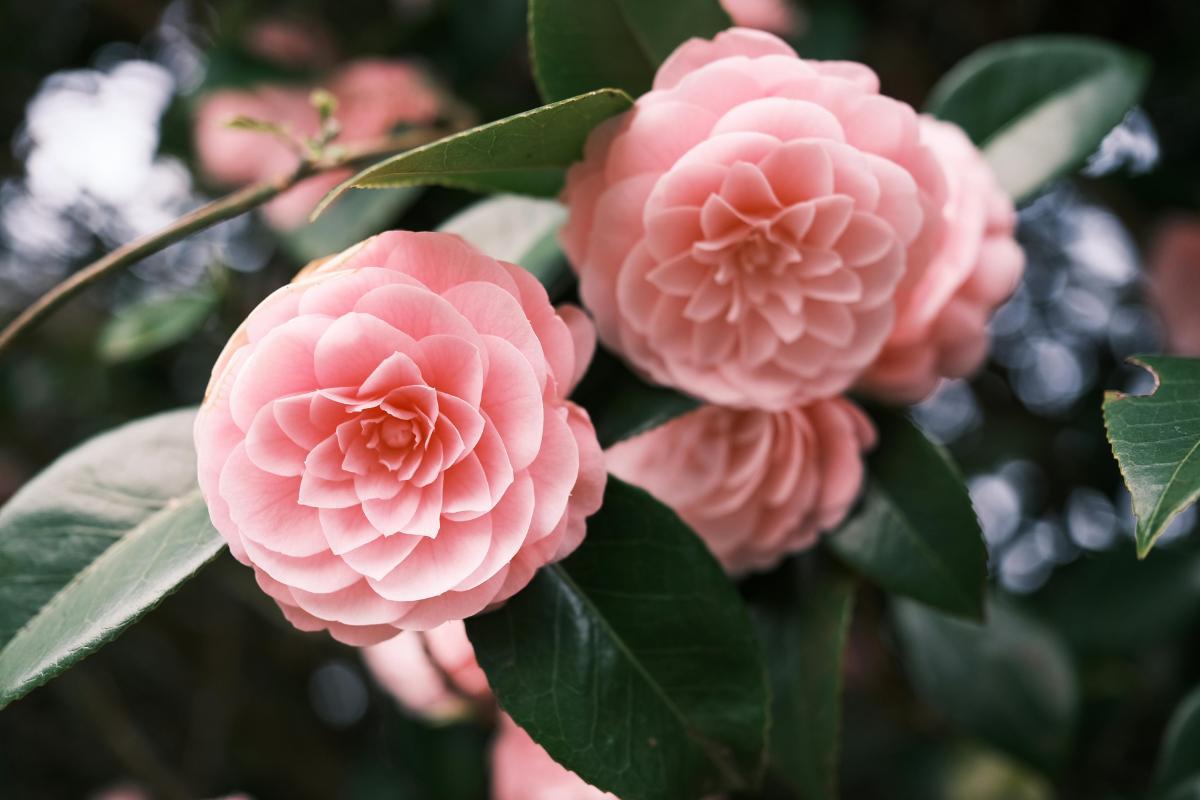Flowers in Season in March


Both meteorological and astronomical spring begin in March. It is a time of new life as nature wake from its wintery slumber. This is seen in the animals that emerge from hibernation, the birth of animals conceived when it was colder and the blooming of new flowers. Not all flowers bloom in spring, but there is an abundance of flowering plants that have the greatest range of color, scent and appearance. If you want to know what March flowers you might want to grow, thedailyECO shares 10 flowers in season in March with photos.
- Wood forget-me-not (Myosotis sylvatica)
- Tulips (Tulipa spp.)
- Common hyacinth (Hyacinthus orientalis)
- Plum blossom (Prunus mume)
- Iris (Iris spp.)
- Balkan anemone (Anemonoides blanda)
- Magnolias (Magnolia spp.)
- Daffodils (Narcissus spp.)
- Peonies (Paeonia spp.)
- Late-flowering camellias (Camellia spp.)
Wood forget-me-not (Myosotis sylvatica)
Forget-me-nots are flowering plants which make up the genus Myosotis. Not all bloom at the same time and it will depend on when they are planted. Wood forget-me-nots are known to bloom in spring and summer, sometimes as early as Match.
Wood forget-me-nots are characterized by being small with flowers only about 5 millimeters in diameter. They are sky blue pr violet with a white center and 5 petals. Their name gives them an extra degree of value, since they are considered a promise of love and often given to romantic partners. They symbolize fidelity, eternal love and devotion in several cultures, so they will be a great addition full of meaning for your spring garden.
Learn about other flowering plants with purple flowers in our related article.

Tulips (Tulipa spp.)
There are different varieties of tulips, some of which are at their peak in March. This often depends on the temperature at this time, something which may vary according to climate change. It is why tulips are often sold from February as Valentine's Day gifts, especially in warm places. They usually open their flower buds between the end of February and the beginning of March. They are extremely long-lasting flowers, which can remain intact for up to 6 weeks.
Discover the meanings of different tulip colors if you are thinking of buying them as a gift.
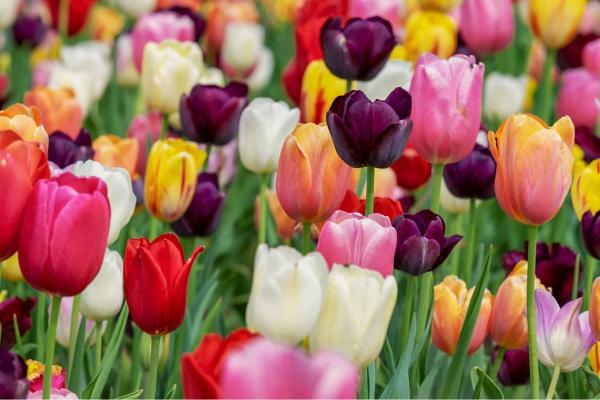
Common hyacinth (Hyacinthus orientalis)
Common hyacinths are aesthetically pleasing open flowers that grow tightly around a thin stem, as depicted in the photo below. They can be found in different colors such as yellow, white, red or blue. In addition to their beauty, they give off a delicious aroma. These multi-bloom petals appear from a cluster of leaves arranged in a star shape. Like tulips, hyacinths are also bulb flowers.
If you are interested in exploring March flowers that grow from bulbs, check out our guide on how to grow bulbs in water.

Plum blossom (Prunus mume)
Also known as mei or flowering plum, the plum blossom is a March flower that is more showy than herbaceous. It is best for the garden since it is a tree and will grow to be quite tall. It flowers from late February to early March, being highly prized in Asia as its bloom represents the beginning of spring.
The tree grows between 10-33 ft (3-10 m) in height, so you will need to provide a lot of space. The flowers it offers are delicate and small, blooming in pink, red or white colors. They also have a beautiful fragrant scent. From these flowers a fruit will originate, the yellow Chinese plum.

Iris (Iris spp.)
Irises do not always bloom at the same time all over the world, as this depends on the climate. There are also species that vary their flowering time. In warm areas, they may be flowers that bloom in March or earlier in February. They tend to bloom from March to April in colder areas.
They are herbaceous plants with simple, elongated leaves that produce spectacular and complex flowers. They also have distinctive sepals that bend to open. They are found in different colors such as purple yellow, blue, pink and others.

Balkan anemone (Anemonoides blanda)
Also known as the Grecian windflower, the Balkan anemone is one of the best March flowers if you live in temperate zones. It tolerates the climates of the northern hemisphere very well, being native to the Balkans area. Its flower buds open in March to April, returning to a dormant state in summer without flowers or growth. The bulb will reborn after winter, so do not throw it away, but be patient.
The flowers bloom in blue, white and pink colors measure 4 centimeters in diameter. They have a short stem, opening almost flush with the leaves. The photo below shows blue and white blooms.

Magnolias (Magnolia spp.)
This is another option if you are looking for flowering trees or shrubs that bloom in March. Magnolias begin to bloom from late February to mid-March and last until April.
They produce very large flowers up to 20 cm in diameter, with very fleshy white and pink petals and a spectacular aroma. The leaves are also striking due to their dark, almost black green color. They are a symbol of elegance that will add a great touch to your garden.
In addition to magnolias, you can see the different types of trees you might want to include in your garden with our related guide.

Daffodils (Narcissus spp.)
Daffodils are herbaceous flowers that produce five sepals which are either yellow or white. As you can see in photos, these may look like petals, but the flower is the smaller central bloom in the middle which is yellow in color. They are popular ornamental plants with March flowers, used in gardening and as cut flowers for bouquets or arrangements.
They flower in mid-March and last until May. After they flower, they die. Lave the bulb underground as it will emerge again the following season.
Along with the daffodil, you can discover some of the best white flower plants for the garden.

Peonies (Paeonia spp.)
Herbaceous peonies appear at the beginning of March in warm places, while in cold places they do not appear until May. They are flowers that can be very expensive in florists as cut flowers. Growing your own at home means you can have a beautiful and aromatic flowers for very little money, only covering the cost of seeds and care.
These flowers produce many petals tightly packed into a bud, which will open little by little. They come in a multitude of colors with rose pink being one of the most popular. These are a symbol of love in feng shui, so they will bring good luck if you have them at home.

Late-flowering camellias (Camellia spp.)
Camellias are grouped according to their flowering time, with late bloomers being those that flower from February to March. The predominantly pink and red flowers are produced on trees or shrubs in tropical areas. They measure an average of 6" or 12 cm in diameter, so they can be large.
Regardless of the color of the camelia flower, they all have numerous yellow stamens that come together in the center. In addition to the aforementioned colors, yellow or white camellias can also be found. It is also known as the Japanese rose due to its Asian origin and multitude of petals. You can see why this is in the photo below.
Discover some fruit trees with pink flowers in our related guide.

If you want to read similar articles to Flowers in Season in March, we recommend you visit our Plant care and cultivation category.
- Mertz Library, New York Botanical Garden. (n.d.). Flowering Schedule at NYBG.
https://libguides.nybg.org/floweringschedule





